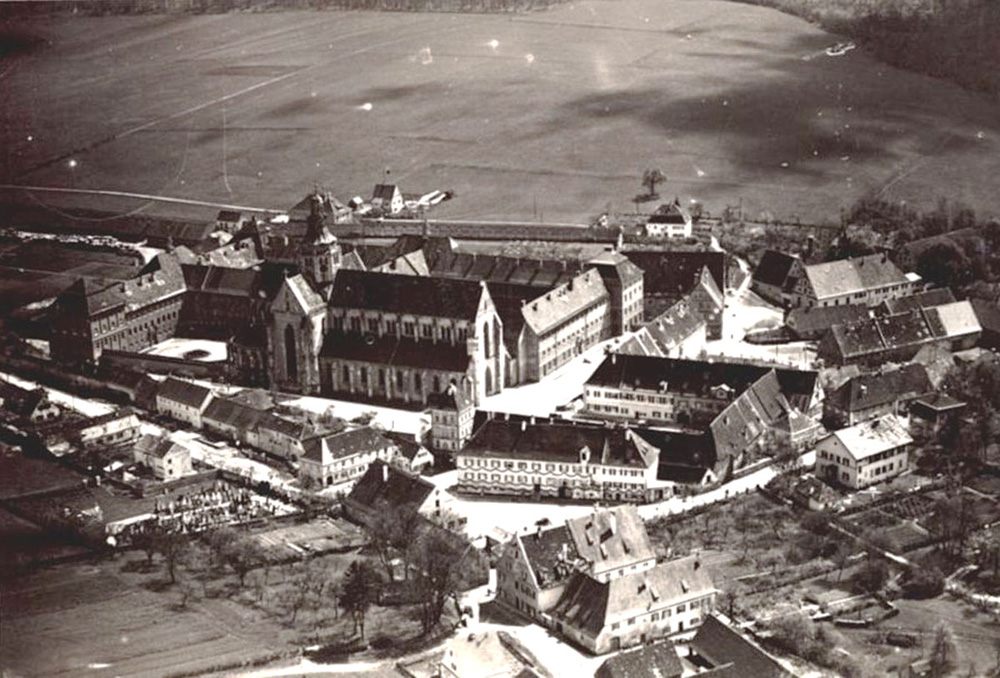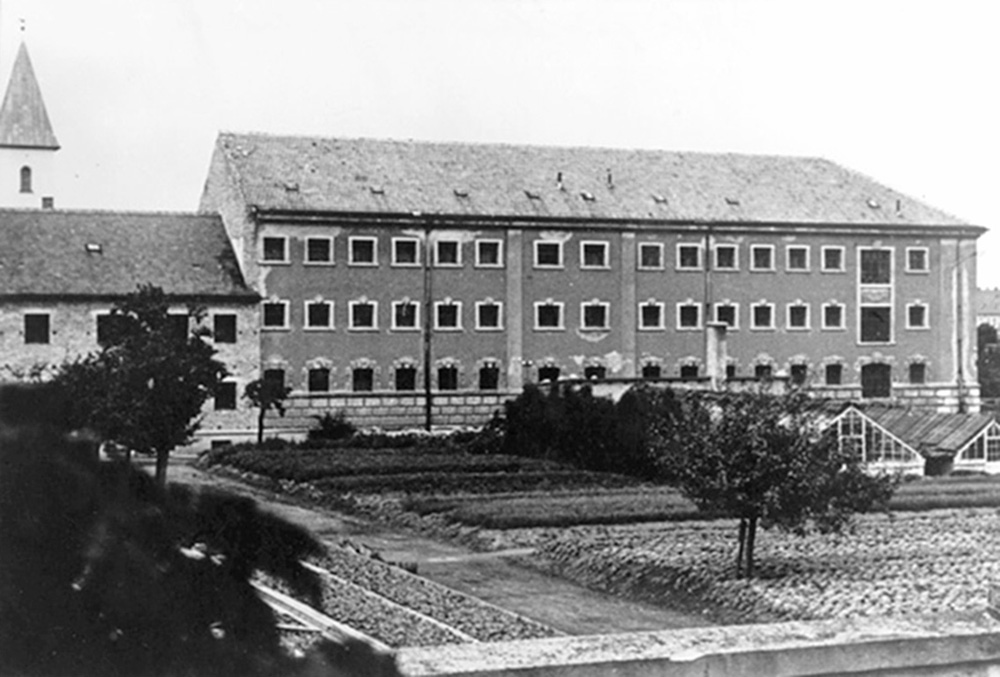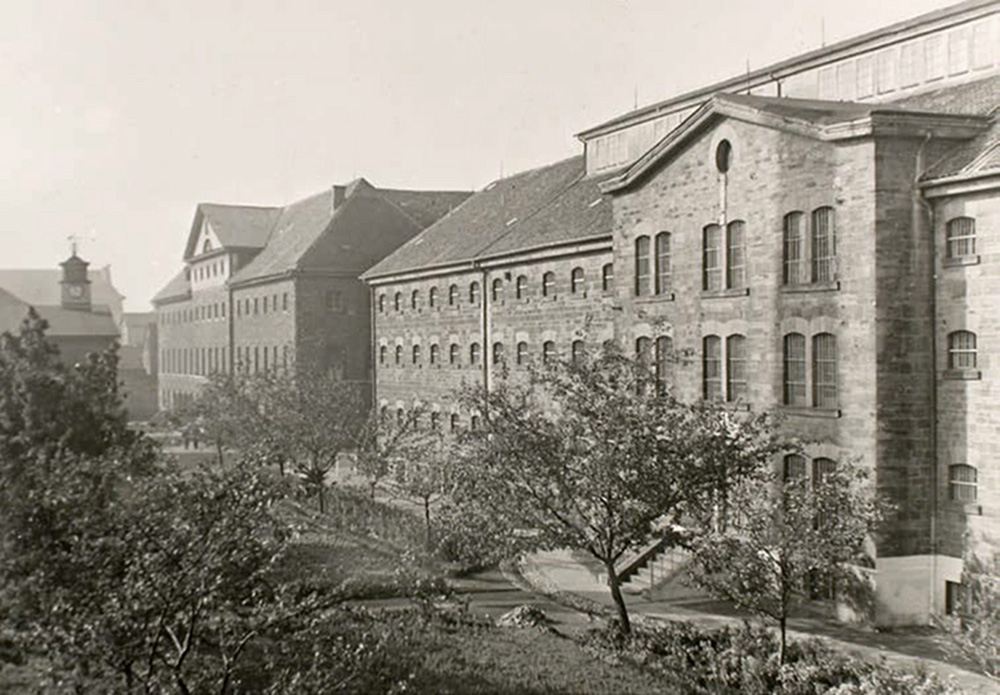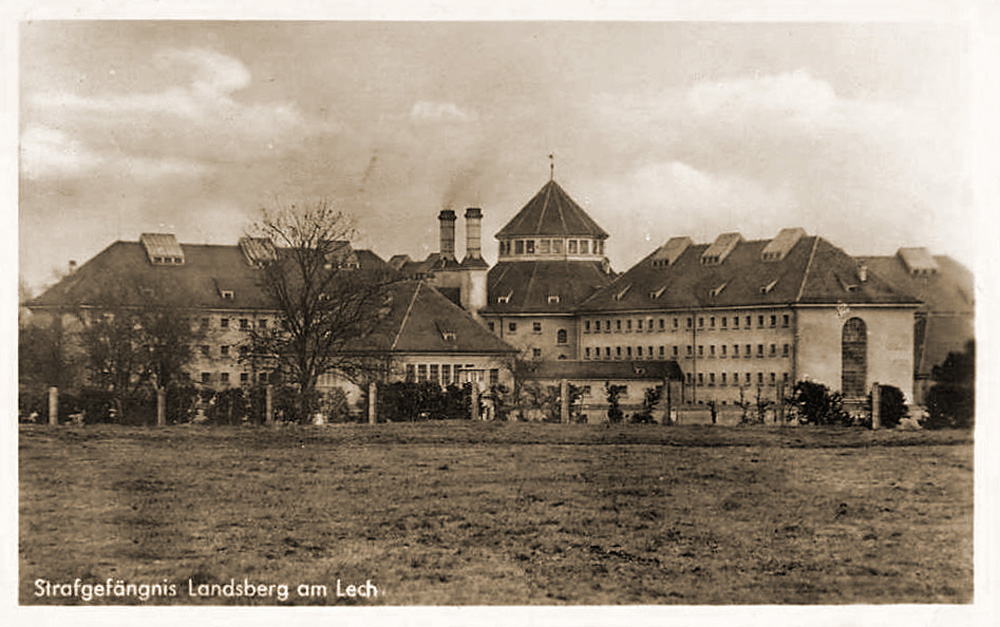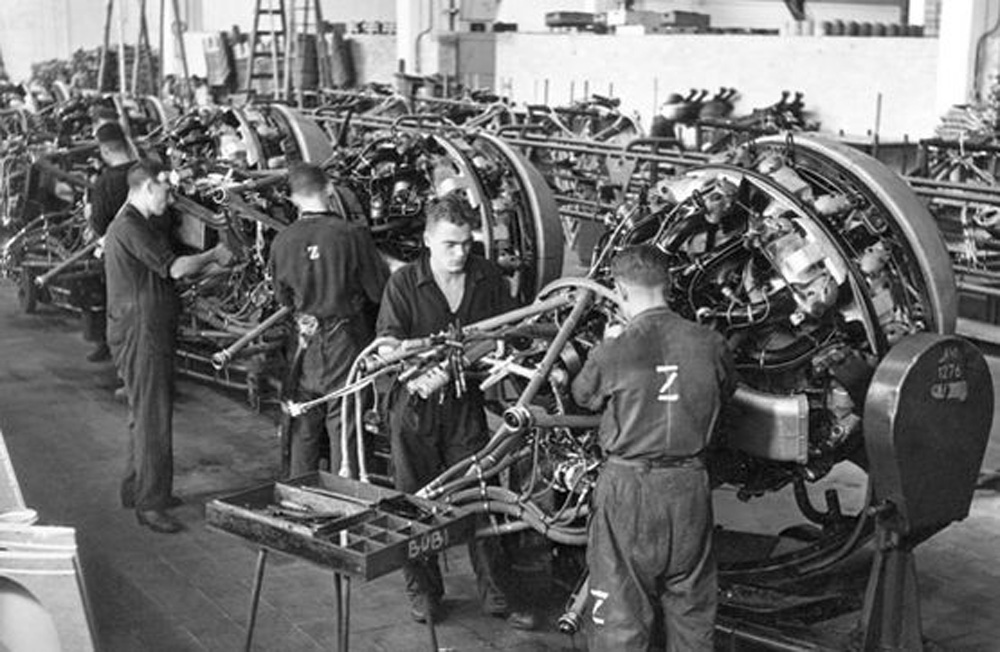The inmates in RSI prisons and penitentiaries, for both common and political crimes, were targeted for the mass recruitment of workers to send to the Reich.
An initial agreement between the RSI Ministry of Justice and the German rapporteur for Justice in Italy of the Ambassador Rudolf Rahn, Günther von Hackwitz, was reached at the beginning of June 1944. It envisaged taking inmates who had received a final sentence from Italian penitentiaries and transferring them to the prisons of the Reich to continue their sentence as forced labourers for various industrial projects. The plan materialised on 26 June 1944 with the abduction of 466 prisoners from the prison of Castelfranco Emilia, where some of them had just been transferred from the prisons of Parma, Portolongone and Alessandria. Of these, 70, mainly life prisoners, were sent to the Bavarian prison of Landsberg am Lech, while the remaining 396 were made available to the company Schäffer & Budenberg in Magdeburg, which employed some of them in its city plants. A further 200 were sent to the Wolfenbüttel prison to be employed in the excavation of a vast system of tunnels in the Harz massif. This was designed to house the machinery with which the same company was to produce components for the V-2 missiles, the assembly of which was envisaged in the nearby underground plants of the KZ Dora-Mittelbau. Only half of them would survive.
Meanwhile, on 17 June 1944 a further agreement, of wider scope, had been signed between the ministerial representatives of the RSI and the emissaries of the German chemical industry to also recruit the inmates of judicial prisons under the RSI’s authority, awaiting trial or sentenced to short prison sentences. Between the summer and autumn of 1944, over 5,000 inmates, mostly “common” prisoners, were selected and taken by the German military to be sent beyond the Brenner Pass as “normal” forced labourers, mainly employed in large chemical plants for the production of synthetic gasoline and rubber, in powder and explosives factories, and other companies in the armaments sector. The abductions, for which the German authorities used the term Gefangenenaktion (“prison action”), continued until October 1944.
Italians sentenced by the German military tribunals (the Feldgerichte), functioning at the divisional and army level and at each territorial command (Militärkommandantur) of occupied Italy, were also sent to serve their prison sentences in the Reich’s prisons, and depending on their crimes, in the civilian facilities dependent on the Reichsjustizministerium, or in the military prison of Torgau, in Saxony.
Similarly, those convicted by the German special courts set up in the two Pre-Alpine and Adriatic Coast Operation Zones (on the model of the Sondergericht functioning in the Reich), were sent to Austrian and Bavarian civilian prisons or to the prison camps of Rodgau-Dieburg, in Hesse, and “Elberegulierung”, in Griebo bei Coswig, in Saxony-Anhalt, to be employed in the Junkers aeronautical workshops in Dessau.
THE HISTORIANS’ VIEW
The reasons for the conscription of Italian prisoners by the German chemical sector.
Methods of taking detainees from Italian prisons and the question of official Italian consent.
The sending to the Reich’s prisons of Italians convicted by the courts-martial of the Wehrmacht.
by Andrea Ferrari
